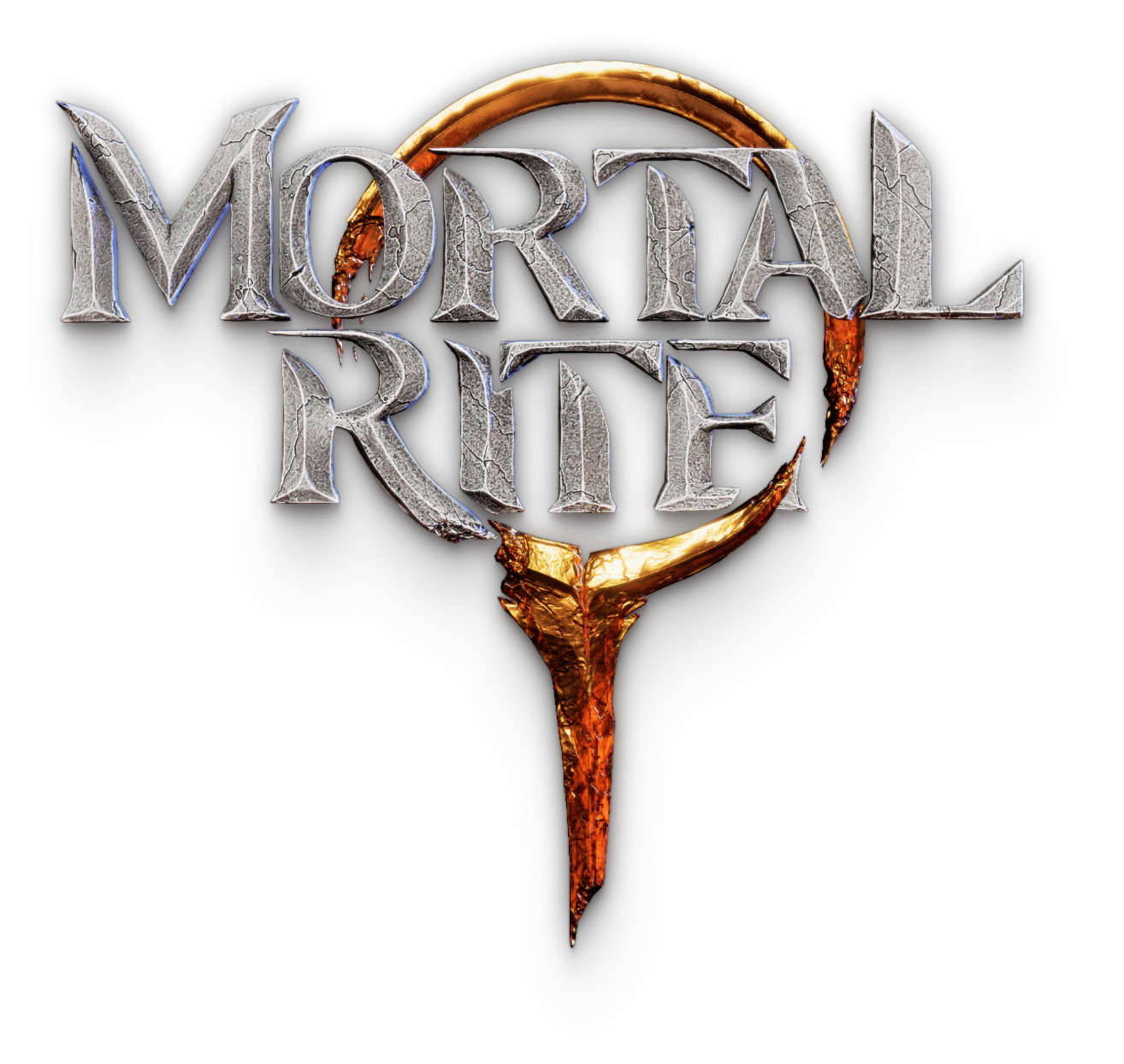Last week I talked about how Level Transitions allow us to change anything in the level either at level load time or, if a loading screen is okay, once a level has been loaded. We can add a wall, have a bridge that was standing be destroyed, change weather or theme, or anything that causes the player to have to find a different path through the “same” level. But level transitions don’t replace having parts of a level be destructible.
Today, I’m going to go over our Destructibles.
Destructibles are objects in the game that can be destroyed by walking into them, sprinting through them, rolling or dodging into them, or by attacking them. The goal of destructibles is to make the world feel more alive, solve a few gameplay needs, and to just be fun. It’s fun, either intentionally or accidentally, to break a destructible and see the chaos unfold.
We like the idea of cover that is destructible so that taking cover from the Heavy Archer on the bridge in the playtest is possible, but you can’t camp there for too long.
We have also used destructibles to delay the player from getting from place to place.
Destructible Implementation
In Mortal Rite, destructibles are actors that have one or more static meshes that, based on criteria, can be broken. Upon breaking the destructible a Gameplay Cue is set off and the destructible actor is deleted (deleted here means that the actor is no longer visible and no longer has collision). A Gameplay Cue is a mechanism for easily displaying visual effects for multiple players. The Gameplay Cue knows how to properly display the visual effects for the destructible’s mesh or meshes and can be referenced easily using a Gameplay Tag.

Destructible settings available to a developer:
- Lifespan: Time the destructible lives once it is broken.
- Tags Must Have to Break on Overlap: Tags that must exist to break when something overlaps the destructible.
- Tags Break on Overlap: Tags that will break the destructible on overlap.
- Gameplay Cue Tag: The Gameplay Tag for the Gameplay Cue to use when this destructible is broken.
- Lock on by Player: Allows this destructible to be locked on by a player.
- Lock on by Ai: Allows this destructible to be locked on by an Ai/Enemy.
- Startup Tags: Tags that identify this object in the world. In this case, this is a destructible, and we can query for objects with this tag when we want to find destructibles within an area or in the level.
Ways to break destructibles
- Overlap: When a character overlaps with the destructible, a check is done to see if the character meets the criteria to break the destructible. The first check is for Must Have Tags if they exist. If the character that overlapped with the destructible does not have all of the Must Have Tags set on the destructible, then the destructible cannot be broken on overlap by the character. The second check if for the Tags Break on Overlap to see if the character has at least one of those tags. This means that a developer has the ability to determine exactly what can break a destructible. Developers can create destructibles ranging from a destructible that will break if anything overlaps with it, to a destructible that will break only if Shold overlaps it while specifically wearing his Rock Armor and sprinting, to a destructible that will only break if a Boss overlaps with it. Very flexible.
- Damage: Destructibles are also on a team. Teams is how we control whether or not something is hostile to any entity in Mortal Rite and only hostile entities can do damage to each other directly (e.g.: sometimes AOE damage doesn’t care about teams at all). If some entity is on a different team, we consider those two entities hostile to each other, and this holds true for destructibles as well. Destructibles default to team 69 (for obvious reasons), which is a team that is hostile to players and, even if the enemies are on different teams allowing them to attack each other, is a team that is hostile to enemies. Destructibles can be setup to have any amount of health so that we can control how easy it is to break them with damage. Sometimes you want to delay a character from entering an area by using a high health wall and sometimes you just want a destructible that doesn’t break on overlap, but will is the player attacks it once.
Other Use Cases
Shold’s rock abilities use destructibles that have their team set to the owning Shold’s team so that enemies can target them and, after a bit, break them, but friendly players cannot break them or target them.

